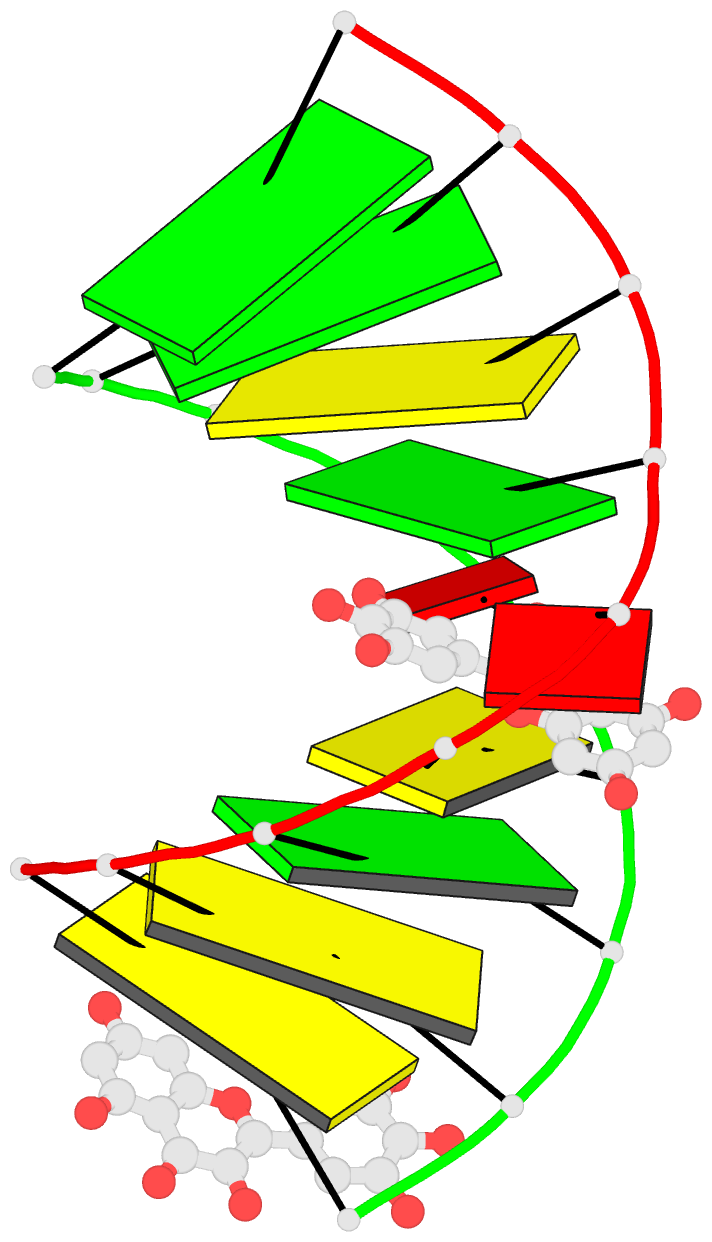Summary information and primary citation
- PDB-id
- 5xi1; DSSR-derived features in text and JSON formats
- Class
- RNA
- Method
- NMR
- Summary
- Structural insight of flavonoids binding to cag repeat RNA that causes huntington's disease (hd) and spinocerebellar ataxia (scas)
- Reference
- Khan E, Tawani A, Mishra SK, Verma AK, Upadhyay A, Kumar M, Sandhir R, Mishra A, Kumar A (2018): "Myricetin Reduces Toxic Level of CAG Repeats RNA in Huntington's Disease (HD) and Spino Cerebellar Ataxia (SCAs)." ACS Chem. Biol., 13, 180-188. doi: 10.1021/acschembio.7b00699.
- Abstract
- Huntington's disease (HD) is a neurodegenerative disorder that is caused by abnormal expansion of CAG repeats in the HTT gene. The transcribed mutant RNA contains expanded CAG repeats that translate into a mutant huntingtin protein. This expanded CAG repeat also causes mis-splicing of pre-mRNA due to sequestration of muscle blind like-1 splicing factor (MBNL1), and thus both of these elicit the pathogenesis of HD. Targeting the onset as well as progression of HD by small molecules could be a potent therapeutic approach. We have screened a set of small molecules to target this transcript and found Myricetin, a flavonoid, as a lead molecule that interacts with the CAG motif and thus prevents the translation of mutant huntingtin protein as well as sequestration of MBNL1. Here, we report the first solution structure of the complex formed between Myricetin and RNA containing the 5'CAG/3'GAC motif. Myricetin interacts with this RNA via base stacking at the AA mismatch. Moreover, Myricetin was also found reducing the proteo-toxicity generated due to the aggregation of polyglutamine, and further, its supplementation also improves neurobehavioral deficits in the HD mouse model. Our study provides the structural and mechanistic basis of Myricetin as an effective therapeutic candidate for HD and other polyQ related disorders.





